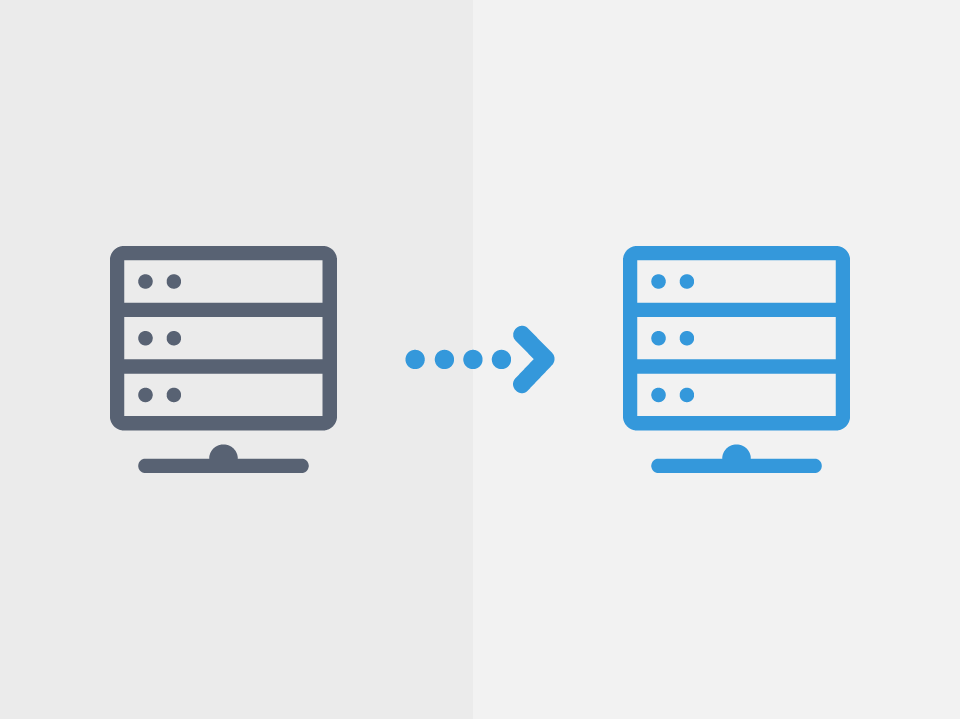4 Things Your Agile ALM Tool Can't Do
For far too long requirements management tools have gotten a bad reputation from application development and delivery pros for their seemingly limited capabilities.
However, we'd like to argue that agile development alone is not enough to support the changing pace in software development.
As customer needs and expectations change, teams need to increase their delivery velocity of high-quality applications more than ever before. However, there is a direct relationship between the rate of risk and the rate of delivery speed. As you develop applications faster, the risk of missing requirements also increases. To keep track of the changes in regulations, products, and processes, application development and delivery leaders need to reconsider their stance on requirements management tools.
Modern Requirements Management Tools Bring Structure To Agile Development
To keep up with the pack - never mind lead it - agile team leaders need a better way to handle the growing complexities of software development than manual processes and documents can provide. The right requirements management tool - even in an agile work environment - will provide governance, structure, and discipline; thereby, ensuring all requirements are being met throughout the stages of development.
It's still popular belief that requirements management tools have limited capabilities and only cater to highly regulated industries. Although this may have been the case at one point, today's requirements management tools promote alignment and collaboration across siloed teams and disparate tools. Their ability to assist with elicitation, definition, and management of software requirements will help teams deliver valuable products faster than ever before.
Agile teams who have implemented requirements management solutions into their toolchain have been able to:
Drive Reuse By Integrating With Other Development Tools
Requirements management tools have expanded their integrations with source code repositories, work management tools, design tools, and testing tools to give teams end-to-end traceability within a DevOps environment. Solutions like Blueprint's Enterprise Automation Suite also allow teams to store all requirements in a centralized, versioned, repository which promotes requirement reuse easily.
Leverage AI To Refine And Speed Up Requirements Elicitation And Definition
AI and machine learning capabilities have enabled non-technical users to translate their needs into technical terms. This not only promotes greater alignment between the business and IT units of the organization, but it also ensures that developers are receiving requirements in a way that is consistent and complete. Blueprint's Enterprise Automation Suite uses natural language processing and AI to interpret requirements and suggest requirements based on the design elements being inputted.
Learn More: Why Business Process Models Bridge The Gap Between Traditional and Agile Requirements
Collaborate Across Geographies And Silos
In the early stages of development, the requirements management tool acts as a hub for cross-functional collaboration, communication, and feedback. Tools have integration capabilities with Slack, Outlook, and Gmail. This helps developers and business stakeholders to interact in real time for faster feedback.
Autogenerate User Stories And Tests
With the push for faster delivery, agile teams are facing the challenge of technical debt. There has been an increase in tools that enable teams to drive quality without sacrificing speed through capabilities like auto-generated user stories and test automation.
Data security concerns, customer expectations, and enhanced digital experience in consumer products are all driving the need for support and fast feedback in product development. The evolution and enhancement of requirements management solutions has given development teams the opportunity to not only document requirements better than ever before, but they now have a clear end-to-end view into the enterprise context.
It's clear that working within an agile environment with agile ALM tools is simply not enough to keep up with the changing pace. For team leaders, it's critical to nail down the right combination of tools that will support the complexity of development initiatives and alignment.
Consider These Three Things When Picking Your Requirements Management Tool
1. Size The Potential For Technical Debt
For organizations that are transitioning to agile, they should consider a combination of planning tools and agile ALM (Application Lifecycle Management) tools. This will allow them to autogenerate user stories and integrate with testing tools in order to increase coverage and drive quality in their applications.
2. Recognize That Successful Agile At Scale Requires Automation
If you're looking to scale agile across the enterprise you will require tools that promote governance and structure. You should look for solutions that bring data together in a central space so that all stakeholders can monitor the performance and identify changes as they occur.
3. Select Your Tools With Integration In Mind
Once you understand what your objectives are, it's important to consider your current toolchain and determine which solutions would integrate best within it. Think about which integration will help you drive faster elicitation, tracking, and test coverage.
To learn more about how the integration of requirements management solutions helps drive speed, traceability, and alignment, check out our latest eBook: Overcoming Modern Software Challenges With Requirements Management.
Share this
Recent Stories

How Visualization Tools Can Transform Your IT Project

Legacy Applications | 5 Ways Requirements are Essential to Modernization




